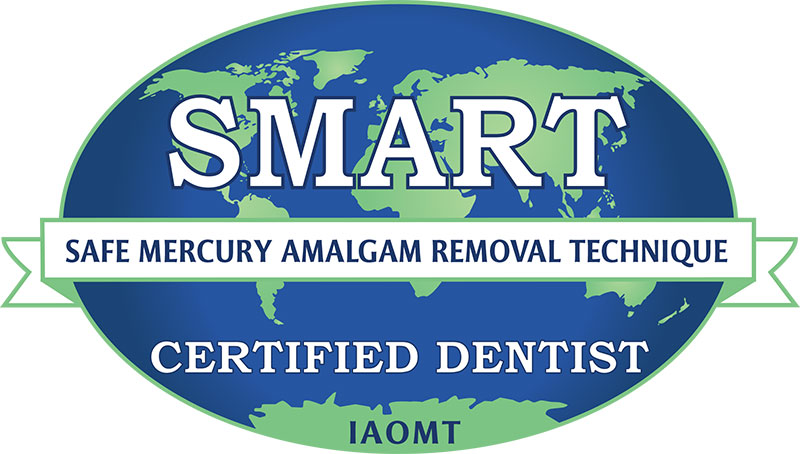What are dental crown or dental bridges?
Dental crowns and bridges are artificial teeth that can be attached to natural teeth or dental implants by chemical and mechanical retention. They are fabricated manually and digitally in the dental laboratories before polishing and final bite adjustment. Ceramic and porcelain crowns are the the strongest type and provide most natural look.
What are the benefits of dental crowns and bridges?
Dental crowns and bridges restore and permanently protect damaged, weakened or broken-down teeth.
Dental bridges can replace the missing teeth and rehabilitate compromised bite and chewing function/comfort, smile appearance and the ability to speak.
Dental bridges could maintain the position and integrity of the adjacent and opposing teeth, lip support and the shape of the face.
Dental bridges also fixate the mobile teeth as a function of cross-arch stabilisation.
Crowns and bridges are fabricated in various materials with optimised strength and aesthetics as the natural lifelike teeth, using various technologies and techniques.
The quality of the crowns and bridges can vary greatly based on the fabrication quality and the technician’s expertise in the dental laboratory. Crowns and bridges can be fabricated from various high-strength tooth-coloured ceramic materials.
What are the advantages of ceramic or porcelain crown and bridges?
With the advent of all-ceramic systems, high-strength zirconia-based frameworks for ceramic porcelain crowns and bridges are covered with tooth-coloured silicate ceramic veneering using a traditional layering technique for a more aesthetic result.
Diverse porcelain systems have different mechanical, physical and optical properties, rendering them unique and appropriate in applications in a selected clinical restorative situation. The use of CAD/CAM and copy milling of core material and pressed ceramic is increasing. Despite some limitations, all-ceramic restorations, when selected and applied correctly, present excellent aesthetic, biological, physical and mechanical properties resulting in outstanding clinical outcomes.
The clinician should evaluate each restorative case individually and decide upon the appropriate choice of the all-ceramic system fulfilling the requirement concerning versatility, strength, prep conservativeness, the choice of luting cement/bonding system, opacity to mask prep darkness/ discolouration, turnaround time/speed of production.
All-ceramic systems have recently progressed in physical and aesthetical characteristics providing a choice of framework porcelains and the veneer where an ideal structure concerning both function and aesthetics is required.
To fulfil both structural and aesthetic requirements for the rehabilitation of anterior and posterior dentition, the IPS e. max ceramic system (next generation of IPS Empress 2) combines the advantages of Zirconium oxide ceramics (IPS e. max Zircad) with the excellent aesthetic qualities of silicate ceramics (IPS e.max Press).
At the London Specialist Dentists clinic in Knightsbridge, we take pride in the benefit of working with the most experienced senior ceramic artist and expert master technicians from the most well-established European dental laboratories specialising in cosmetic dentistry and smile design. We are proud to offer our patients 3 to 5 years of warranty for their porcelain crowns and bridges.

The anterior and posterior views of the IPS e. max Zircad ceramic crowns with sub-structure of zirconium oxide ceramics and super-structure of with sub-structure (Courtesy: Dr Nico Kamosi)
What are the treatment procedures involved in providing porcelain crowns and bridges?
Primary impressions are made, and study models are cast to design and plan your crown or bridge. Jaw relationship will be recorded to create a harmonic restorative contact relationship.
The first appointment usually involves tooth preparation under local anaesthesia to perform a pain-free tooth preparation, after which a temporary bridge is fabricated from a tooth-coloured acrylic material.
A compatible shade is selected, and the impression is sent to the laboratory to fabricate your porcelain crown or bridge. The provisional crown or bridge will protect the prepared teeth while providing support during the chewing and biting function.
During your second appointment, the permanent crown or bridge will be tried to assess satisfactory seating, shape, form and shade. Once your full satisfaction is obtained, the bite will be adjusted, and the restoration is cement with permanent cement.
FAQ – What do patients usually ask about dental crowns and dental bridges?
To provide excellent aesthetics in the anterior region, silicate ceramics could be used for the fabrication of both porcelain laminate veneers and crowns. However, in the posterior area, where functional forced demand strength and hardness oxide ceramics, specifically zirconium oxide, are the material of choice.
The static and dynamic functional interface of masticatory components e.g. temporomandibular joints, masticatory muscles and occluding teeth (occlusion) will dictate the bite in each individual. It has been known that deflective tooth-contact interferences may lead to fracture of teeth and fillings. Once such diagnosis is made by your clinician the biting or chewing surfaces of your teeth or your restorations may need some adjustment or reorganisation.
Under stressful life events, some individuals may get headaches and migraines originated from a dysfunctional envelope of lower jaw functional movements. Under these circumstances, we may need to prescribe and fabricate an occlusal splint or night-guard e.g. relaxation splint, repositioning splint, or on occasions an occlusal pivot to re-programme the position of the misaligned arch. These splints help relieve stress on your teeth, muscles and jaw and help reduce further headaches and tooth wear.
Dental Crowns and Bridges Case Studies
See our dental crowns and bridges before and after photos from our happy patients.

Before and After Treatment
Aesthetically disturbing smile line due to fracture and discolouration of the upper central natural teeth.

Before and After Treatment
Missing teeth 21, 22, 23, 24 and functional chewing discomfort and deepened bite.

